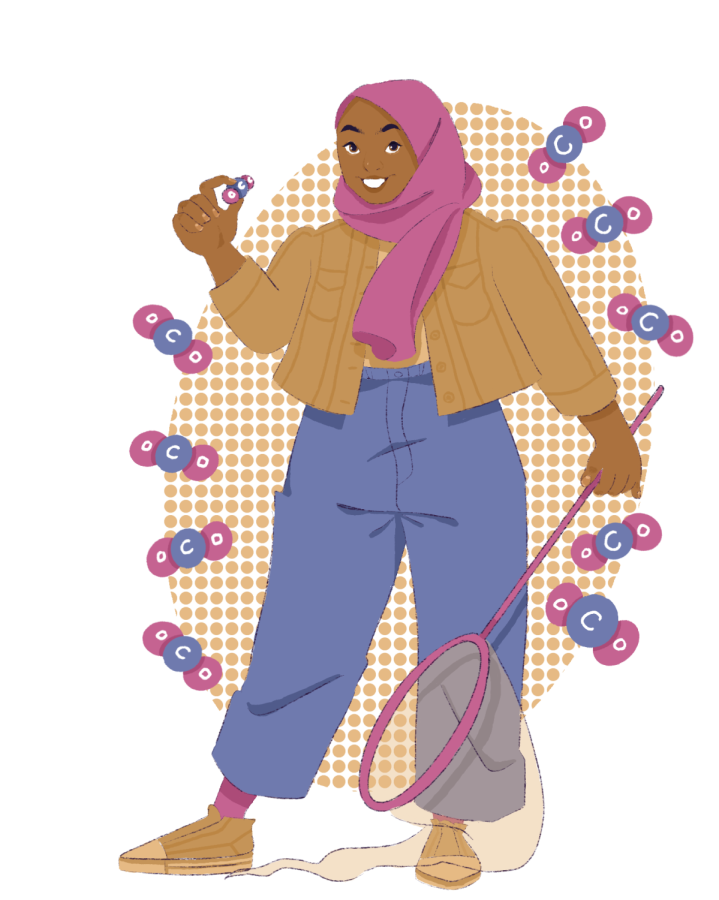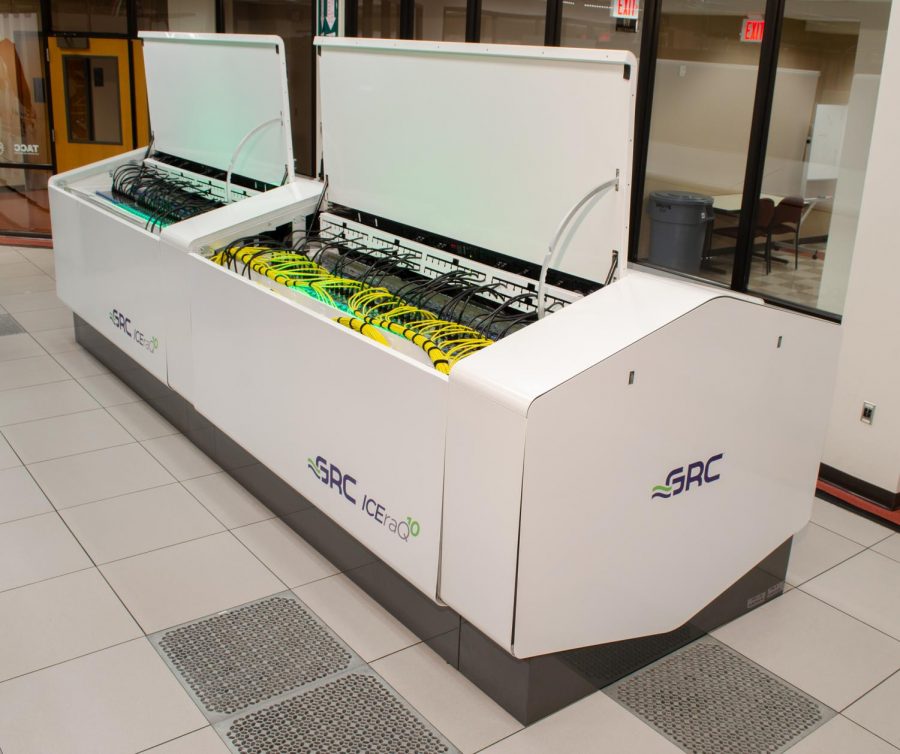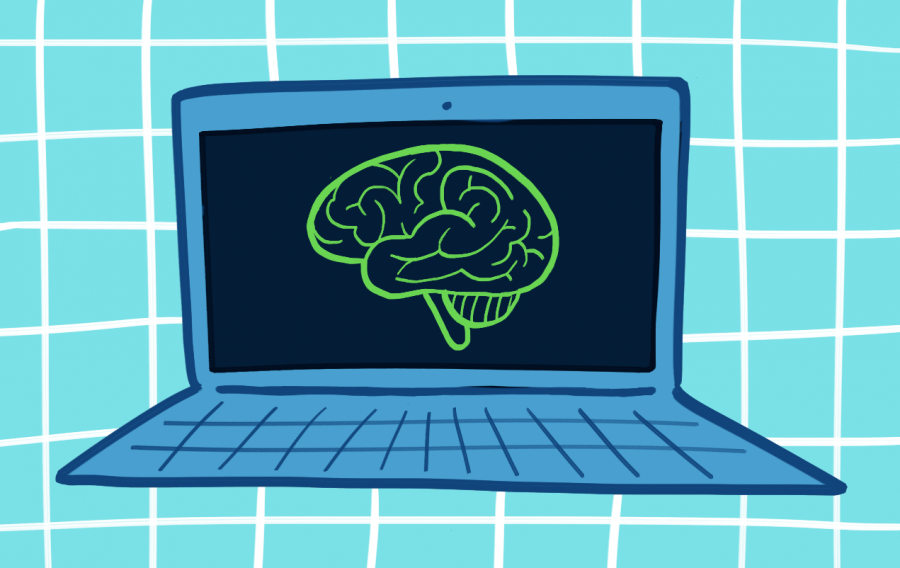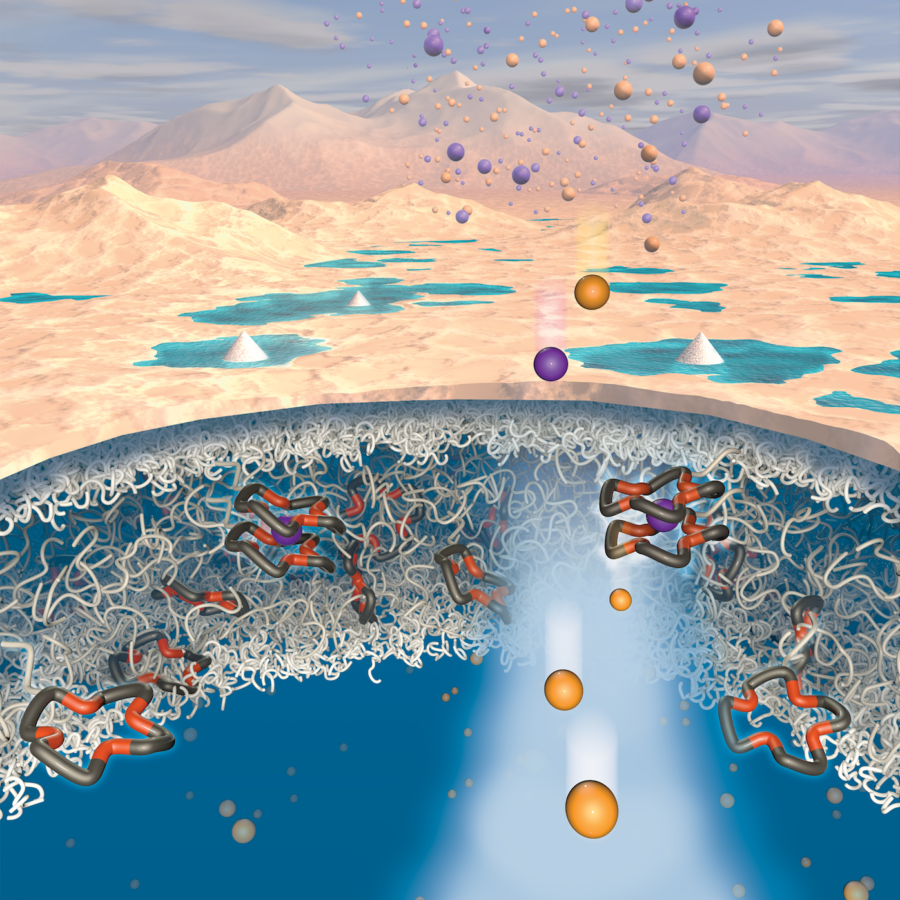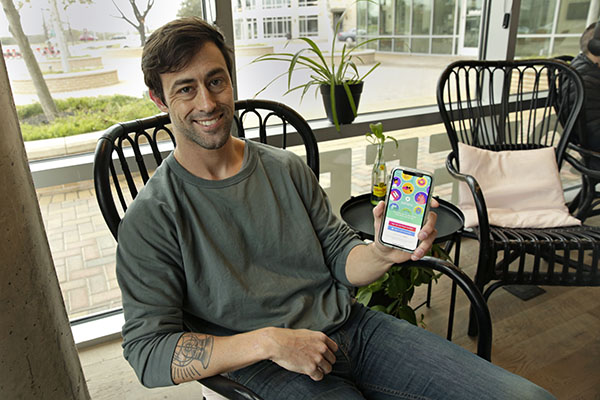The city of Austin is on the road to more self-driving cars.
City officials plan to increase Austin’s fleet of autonomous vehicles over the next 20 years to improve its transportation system. This new plan, the Smart Mobility Roadmap, includes Lyft and Uber, along with high-tech and automotive companies. The report addresses traffic congestion and pushes autonomous vehicles to surpass human-driven cars.
“From an economic standpoint, this is a great opportunity for a tech city like Austin to be home to the automation industry,” said Austin Transportation Department chief of staff Karla Taylor, who presented the roadmap at the Downtown Commission on February 21. “Ridesharing and tech companies are interested in testing their fleets of autonomous vehicles here. We want people to feel comfortable in an environment where they are not the driver.”
Taylor said 60 percent of Austinites would prefer not to drive their vehicles if there were reasonable alternatives, like biking and using common transportation.
Plans designed by Austin’s Transportation Department, such as Imagine Austin, Project Connect and ASMP aim to improve the city’s air quality while providing high-capacity transit options that bring people to places in an affordable, efficient and sustainable way.
“There is certainly a difference in quality between public and private transport at the moment,” Taylor said. “We hope these plans can stitch both sectors together in a way they can both use technology in an efficient and innovative manner.”
UT environmental engineering professor Chandra Bhat said he welcomes the contribution of both public and private transport services, like Uber and Capital Metro, to the roadmap, which he said has “tremendous potential.”
“The confluence of electrification [of vehicles], automation of vehicles, and moving towards a sharing economy can cut down on mobile-source emissions in the future,” Bhat said. “But, in combination, the result can be very tangible.”
Bhat said households in the future would be able to obtain the same right of retaining a private ownership of autonomous vehicles, like how they are entitled to own a private human driven car now.
“People will also continue to try to live close to their work places if they own driverless cars,” Bhat said. “They can use time in their car in whichever way they want, so travel time becomes productive time. This may spur a move away to live in the boonies, even if the commute time is two hours.”
However, Bhat said that self-driving cars could bring unintended consequences, adding that offsetting effects may bring down the benefits of automation.
Bhat said that if people are spending a majority of their time in a small electric vehicle, then they should buy a large gasoline-driven recreational one instead, which would result in a reduction of capacity on the roadways.
“A sudden demand of autonomous or electrics cars will lead to urban sprawl and an increase of vehicle miles, meaning more emissions will be in the air,” Bhat said. “[These] are the potentially offsetting effects that may bring down the potential benefits due to automation.”
Bhat has been studying these issues during his time at UT and said that policies and regulations are the only ways to refrain a large demand of autonomous vehicles.
“We cannot view automation as a panacea or a one-magic solution,” Bhat said. “We have to consider the full suite of tools to reduce traffic congestion.”









